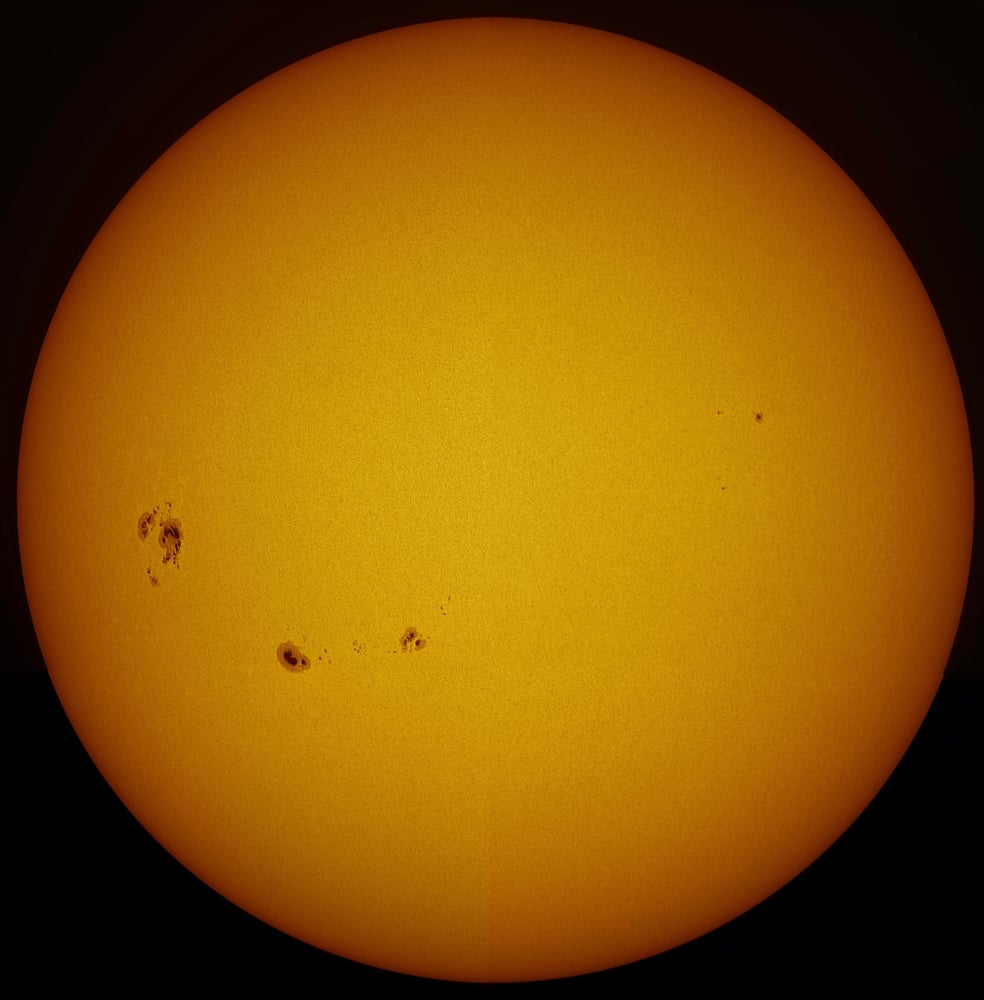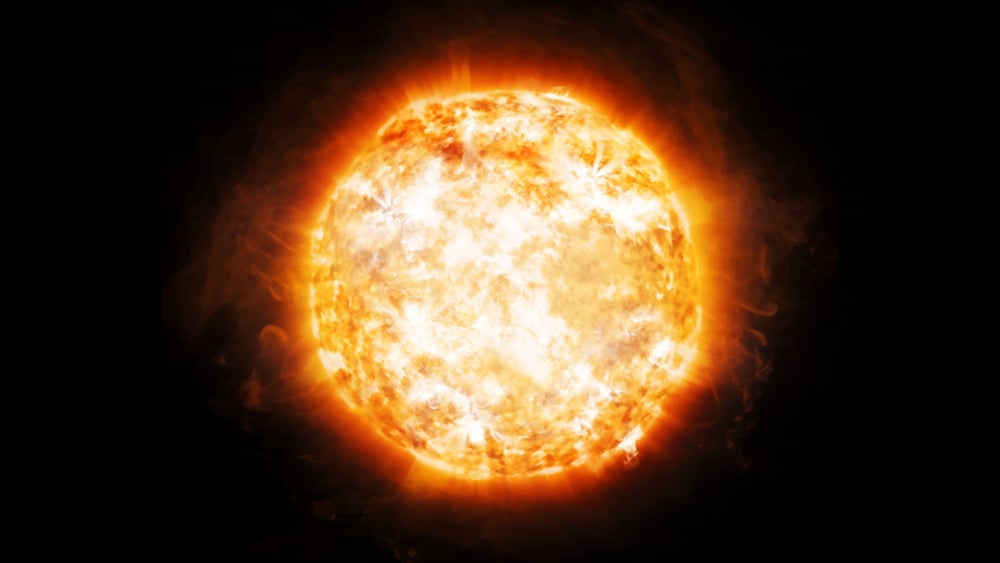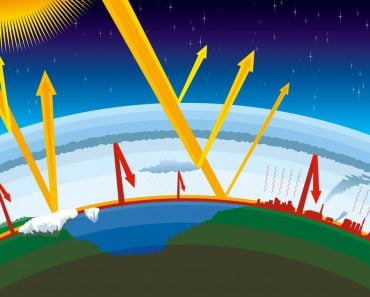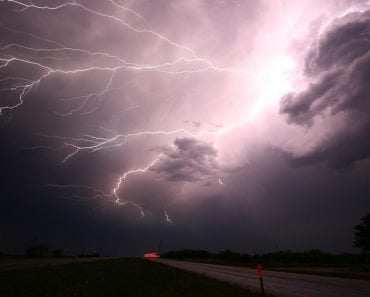Table of Contents (click to expand)
The weather on Earth is influenced by emissions from the Sun, but amidst wildfires and deforestation, those solar factors are often overlooked.
One of the most important topics of debate all over the world is climate change. The discussions primarily center around human activities that are causing an increase in global temperatures, like burning fossil fuels and deforestation.
While these human-driven factors undoubtedly play a significant role in Earth’s changing climate, another factor in this complex scenario is often overlooked—the Sun. Let’s dive into the intriguing relationship between events happening on the Sun and the climate changes unfolding on Earth.
The Sun serves as the ultimate source of energy for our planet, emitting sunlight that furnishes us with both heat and light. This continual flow of solar energy renders life on Earth possible, yet the Sun’s stability is not always as unwavering as it may seem.
Recommended Video for you:
Sunspots

Sunspots are certain dark spots that appear on the photosphere—the surface of the Sun. These spots are huge and appear due to the chaotic and twisting magnetic fields forming inside the convective zone. They are usually planet-sized and play a significant role in Earth’s climate variability. Around 300 years ago, people noticed that the climate was considerably cooler, due to the absence of sunspots for several decades.
The Solar Cycle
The Sun doesn’t shine with a consistent intensity all the time. Instead, it goes through an 11-year cycle of waxing and waning, known as the solar cycle. During periods of high solar activity, the Sun emits more energy, while during periods of low activity, it’s a bit quieter. This waxing and waning has an effect on Earth’s climate. The strongest ever solar cycle was cycle 19, with 201 sunspots observed. This cycle spanned from April 1954 to October 1964. During this time, there were many events noted, like geomagnetic storms and radio communication interruptions.
Solar Activity And Earth’s Climate
So, how exactly does the Sun’s activity influence climate change on Earth? While it’s not the primary driver of long-term climate change, it can make its presence felt. When the Sun is more active, it emits slightly more energy, leading to a warmer Earth. Conversely, during periods of reduced solar activity, our planet receives slightly less solar energy, which can result in cooler temperatures. These fluctuations are like disturbances that can vary Earth’s climate system over relatively short periods.
While the Sun’s influence on long-term climate change is quite subtle, it can have more immediate effects on day-to-day weather patterns. Solar variability, which includes changes in the Sun’s energy output and its magnetic field, can impact the Earth’s atmosphere and weather systems. You can compare it to the Sun occasionally stirring the pot of our atmospheric soup.
Solar Wind And Coronal Mass Ejections

One way the Sun influences our weather is through solar wind—a stream of charged particles that the Sun constantly releases into space. When solar activity is high, the solar wind becomes stronger, creating a protective shield around our solar system called the heliosphere. This shield helps deflect some cosmic rays from deep space, preventing them from reaching Earth in large numbers.
Cosmic rays are highly energetic particles that originate from outside our Solar system. It is true that solar wind plays a role in shaping the heliosphere, but it does not completely prevent cosmic rays from reaching the Earth. Galactic cosmic rays can certainly reach Earth, and their quantity is influenced by solar activity.

Coronal mass ejections are ejections of the magnetic field and plasma from the Sun’s corona. CMEs travel faster than the solar wind itself. These ejections generate shockwaves that can even accelerate particles near them. CMEs are generally the main source of radiation storms that happen on our planet.
While they primarily contribute to radiation storms, it is important to note that solar flares from the Sun also produce such storms. Additionally, some CMEs result in auroras, geomagnetic storms, spacecraft hazards and much more rather than basic radiation storms.
Cloud Formation And The Weather
Now, here’s where the Sun’s role gets even more intriguing. Cosmic rays can affect our climate by playing a role in cloud formation. When cosmic rays interact with Earth’s atmosphere, they can create tiny particles called aerosols. These aerosols, in turn, serve as seeds for cloud formation.
Clouds are like nature’s thermostats. They can either cool the planet by reflecting sunlight back into space or warm the planet by trapping heat. So, when cosmic rays help create more aerosols, it can potentially lead to the formation of more clouds. More clouds mean more sunlight being reflected away from Earth, which can result in cooler temperatures—a bit like turning down the thermostat.
A Final Word
To sum it all up, while the Sun does play a role in climate change, it’s just one part of multiple potent factors. Human activities, like burning fossil fuels and deforestation, remain the primary drivers of modern climate change. However, understanding the Sun’s influence does help scientists refine climate models and improve our ability to predict future climate changes.
So, is climate change influenced by events happening on the Sun? The answer is yes, but with a clear asterisk. The Sun’s natural variations, such as the solar cycle and its impact on cosmic rays and cloud formation, do have an influence on Earth’s short-term climate.
However, the dominant force behind the rapid climate changes we are currently experiencing is undoubtedly human activity. While we can’t control the Sun, we can take action to control the effects of our own actions on the planet and work towards a more sustainable future for all.












